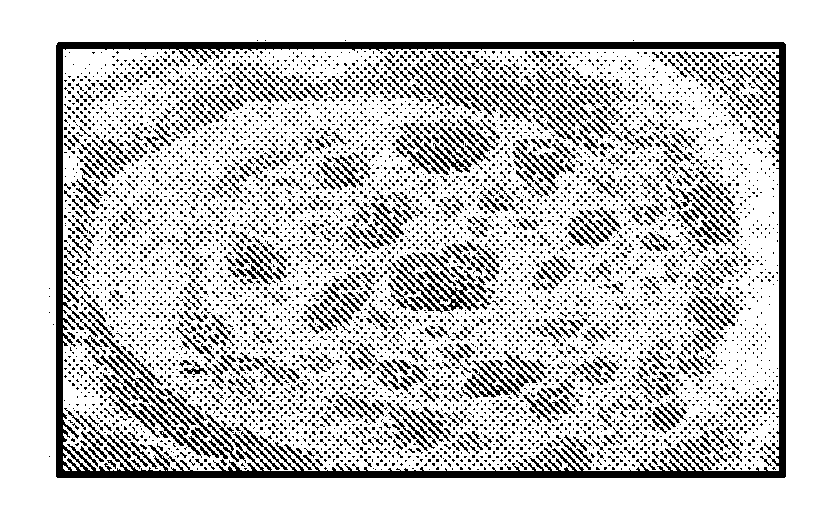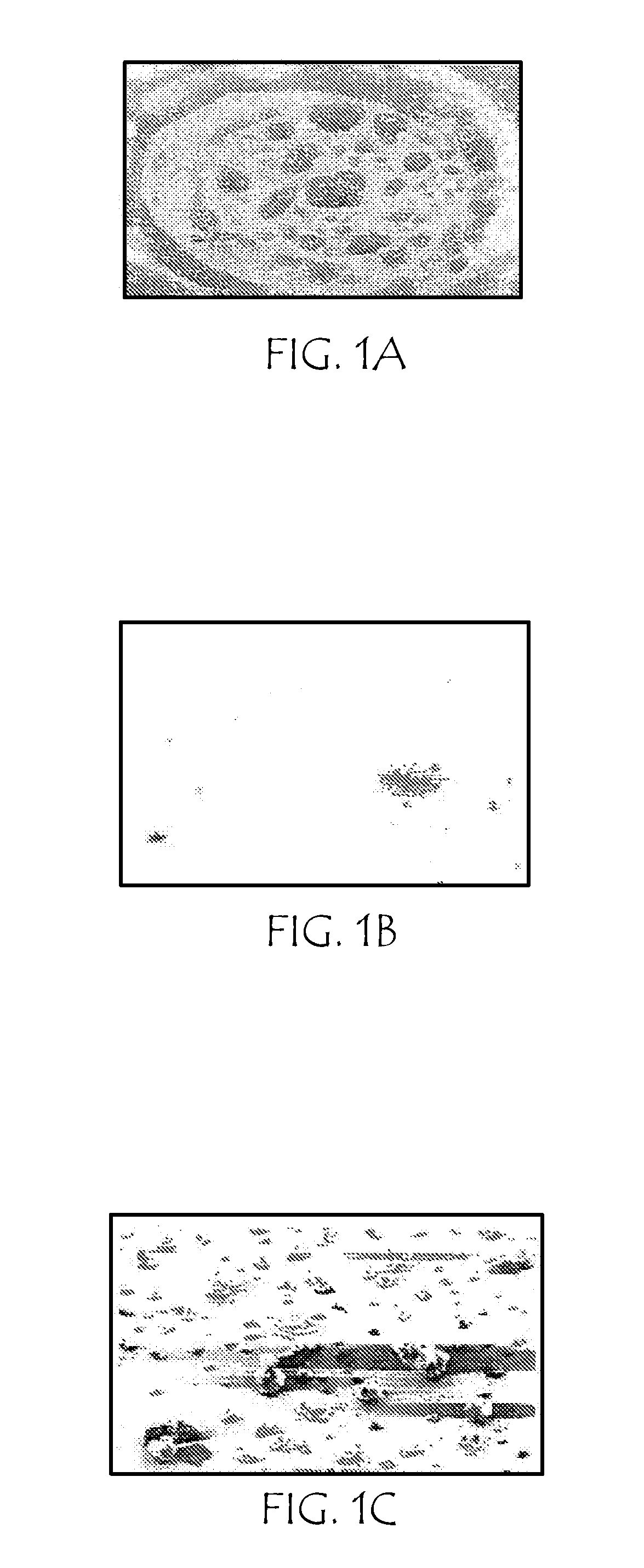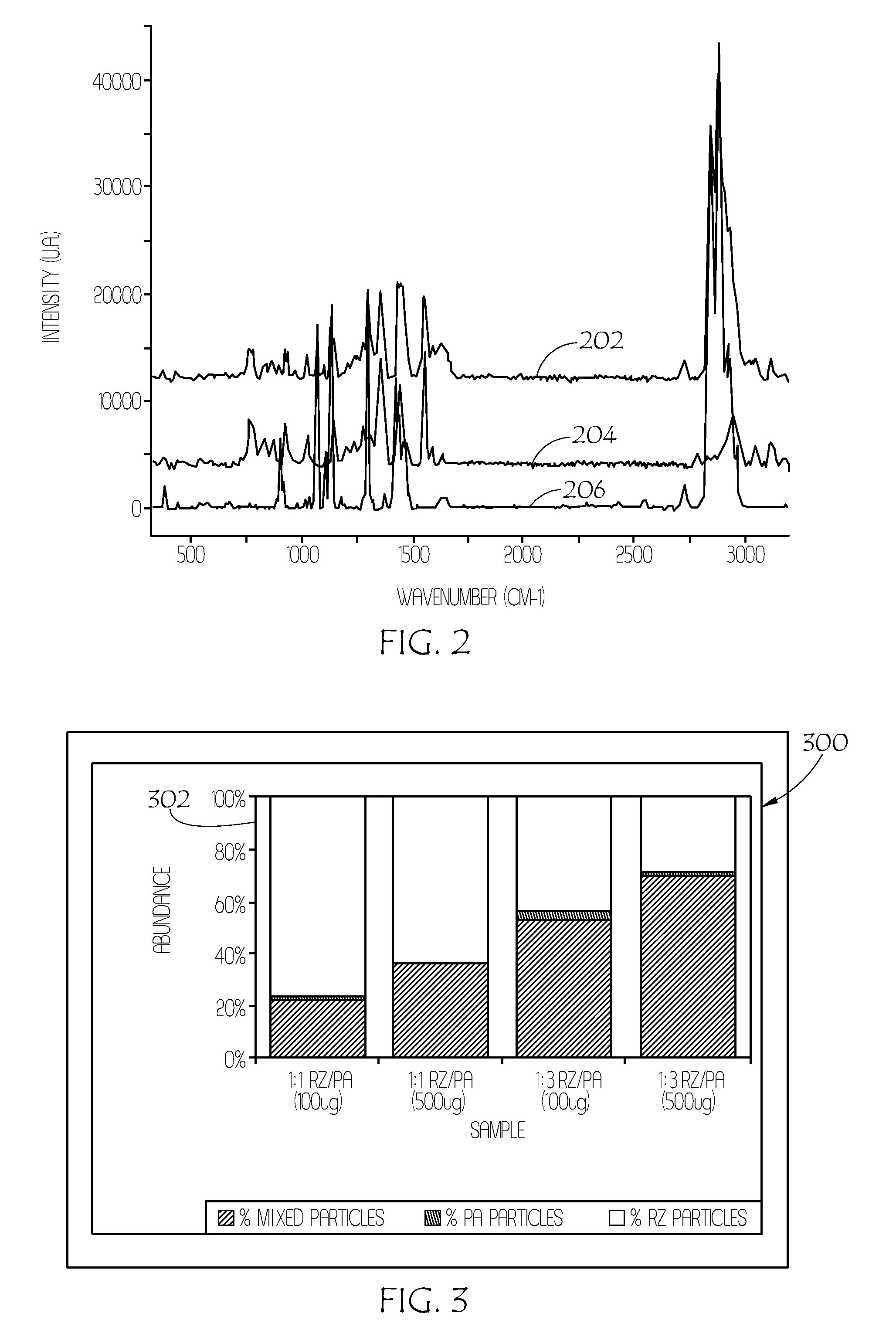Mixed drug aerosol compositions
a technology of aerosol composition and mixed drug, applied in the field of aerosols, can solve the problems of cardiac risk, neutralizing electrostatic properties, and achieve the effect of simple, inexpensive manufacturing methods and over-complicated manufacturing complexity and shelf-life stability problems
- Summary
- Abstract
- Description
- Claims
- Application Information
AI Technical Summary
Benefits of technology
Problems solved by technology
Method used
Image
Examples
experimental examples
[0060]The following experimental examples further illustrate the method and various embodiments of the present invention. These examples are for illustrative purposes and are not meant to limit the scope of the claims in any way.
example one
Generation of Heterogeneous Particles of Rizatriptan and Palmitic Acid
[0061]An aerosol comprising heterogeneous particles of rizatriptan (free-based from rizatriptan benzoate salt, obtained from Topharman, Shanghai, China) and palmitic acid (obtained from CalBioChem / EMD Biosciences, San Diego, Calif.) was generated as follows: A heating substrate (foil) was coated with a solution comprising riztariptan free-base and palmitic acid in organic solvent. After the solvent evaporated, a thin film remained on the substrate. Upon rapid heating of the heating substrate in the presence of airflow across the substrate, the thin film vaporized and condensed to form an aerosol. Brownian motion, flow discontinuities, and chemical attractions all facilitate the mixing of the first (drug) compound and the second (excipient) compound in the vapor phase so that upon condensation, heterogeneous aerosol particles may be formed.
[0062]Palmitic acid (chemical formula: C16H32O2; chemical name: hexadecanoic...
example two
Scanning Electron Microscopy of Heterogeneous Particles of Rizatriptan and Palmitic Acid
[0063]Scanning electron microscopy (SEM) of heterogeneous particles of rizatriptan and palmitic acid (generated as described in Example One, above) was performed using a Philips XL-30FEG scanning electron microscope (Philips Electronics, Amsterdam) at a magnification level of 550×.
[0064]FIG. 1A is an SEM photomicrograph of unary (single-compound) particles of rizatriptan aerosol; FIG. 1B is an SEM photomicrograph of unary particles of palmitic acid aerosol; FIG. 1C is an SEM photomicrograph of heterogeneous particles of rizatriptan and palmitic acid (3:1 mole ratio of palmitic acid:rizatriptan) aerosol.
[0065]From the morphology of the respective unary aerosol particles, SEM imaging showed good mixing of drug and excipient.
PUM
| Property | Measurement | Unit |
|---|---|---|
| Temperature | aaaaa | aaaaa |
| Temperature | aaaaa | aaaaa |
| Temperature | aaaaa | aaaaa |
Abstract
Description
Claims
Application Information
 Login to View More
Login to View More - R&D
- Intellectual Property
- Life Sciences
- Materials
- Tech Scout
- Unparalleled Data Quality
- Higher Quality Content
- 60% Fewer Hallucinations
Browse by: Latest US Patents, China's latest patents, Technical Efficacy Thesaurus, Application Domain, Technology Topic, Popular Technical Reports.
© 2025 PatSnap. All rights reserved.Legal|Privacy policy|Modern Slavery Act Transparency Statement|Sitemap|About US| Contact US: help@patsnap.com



